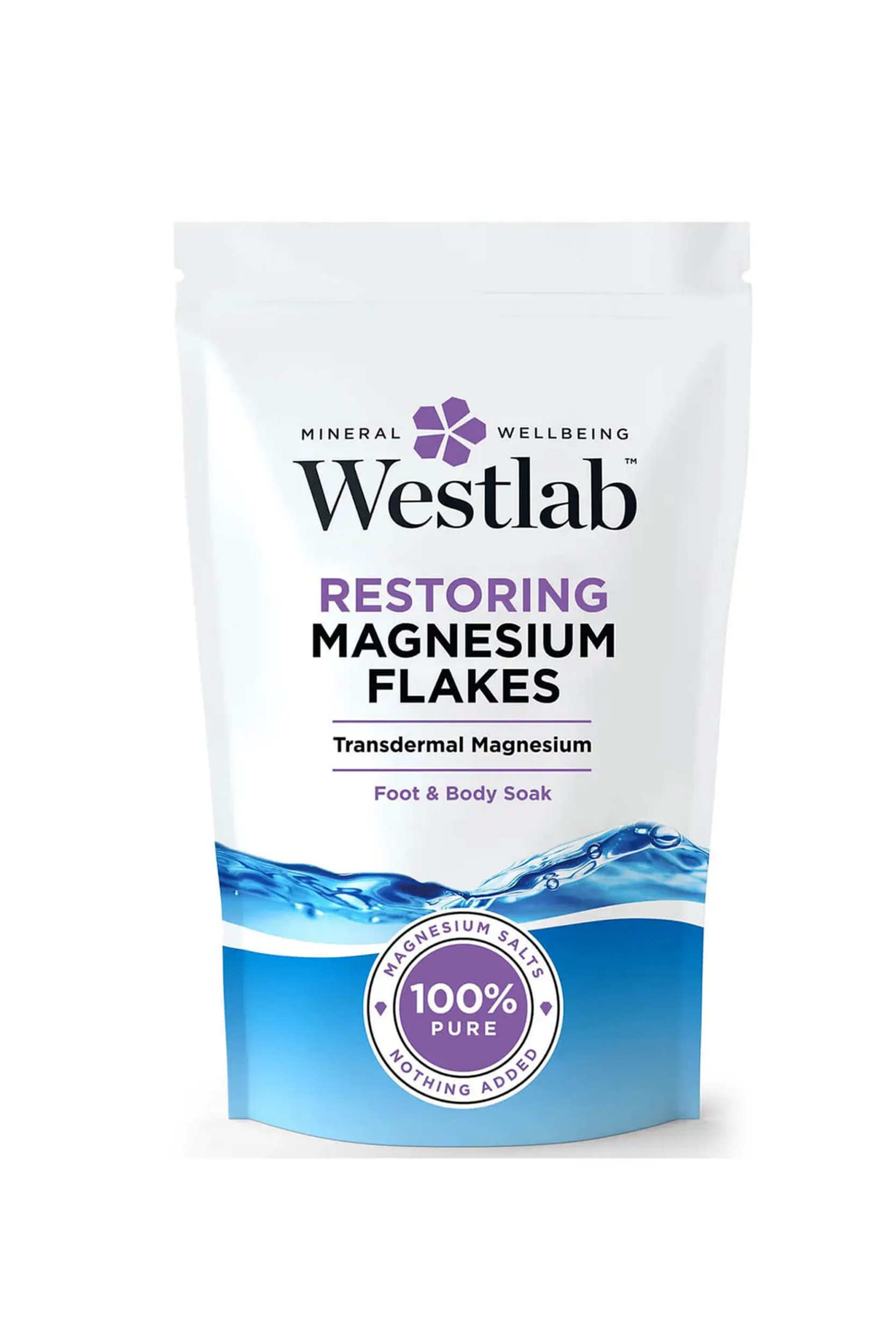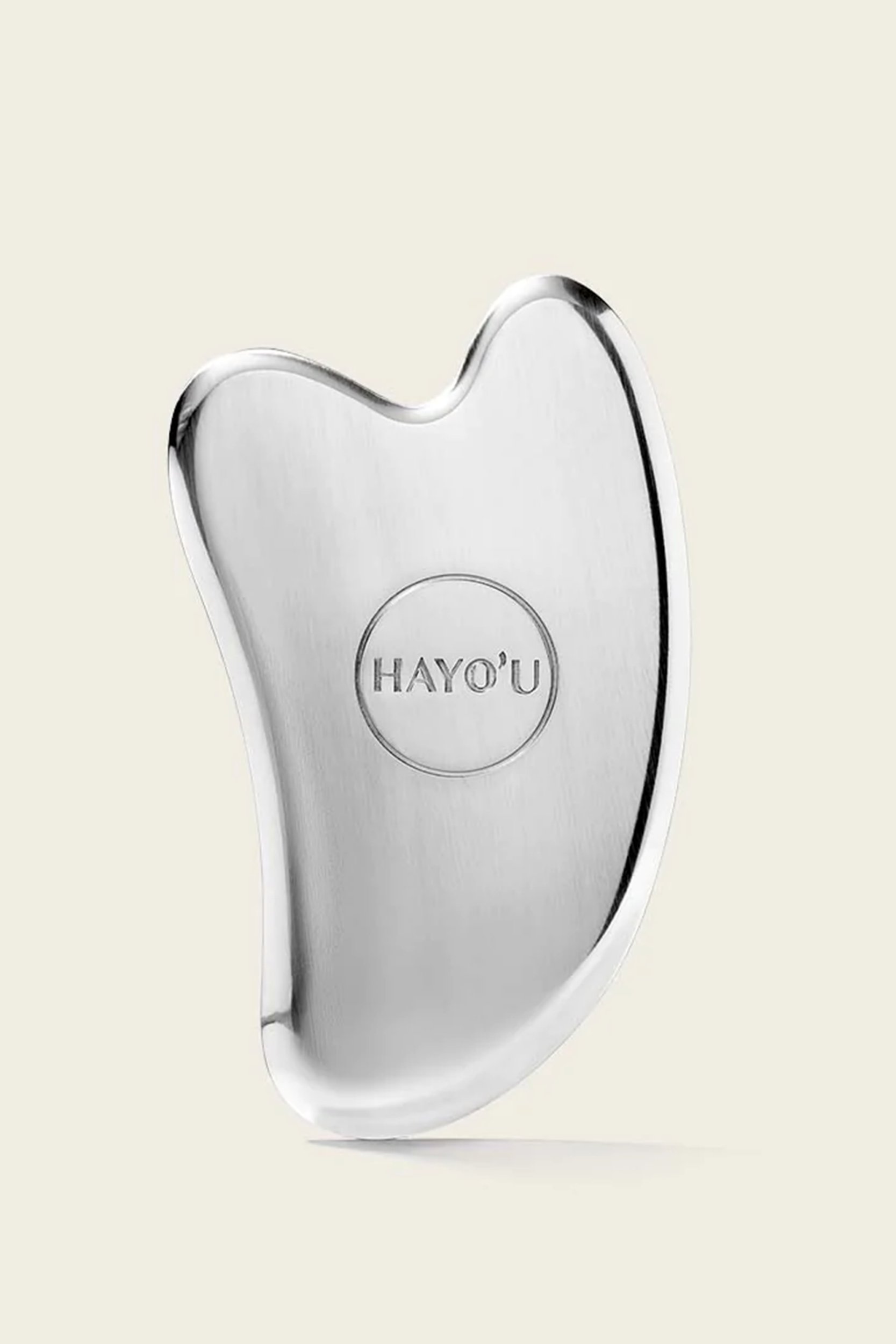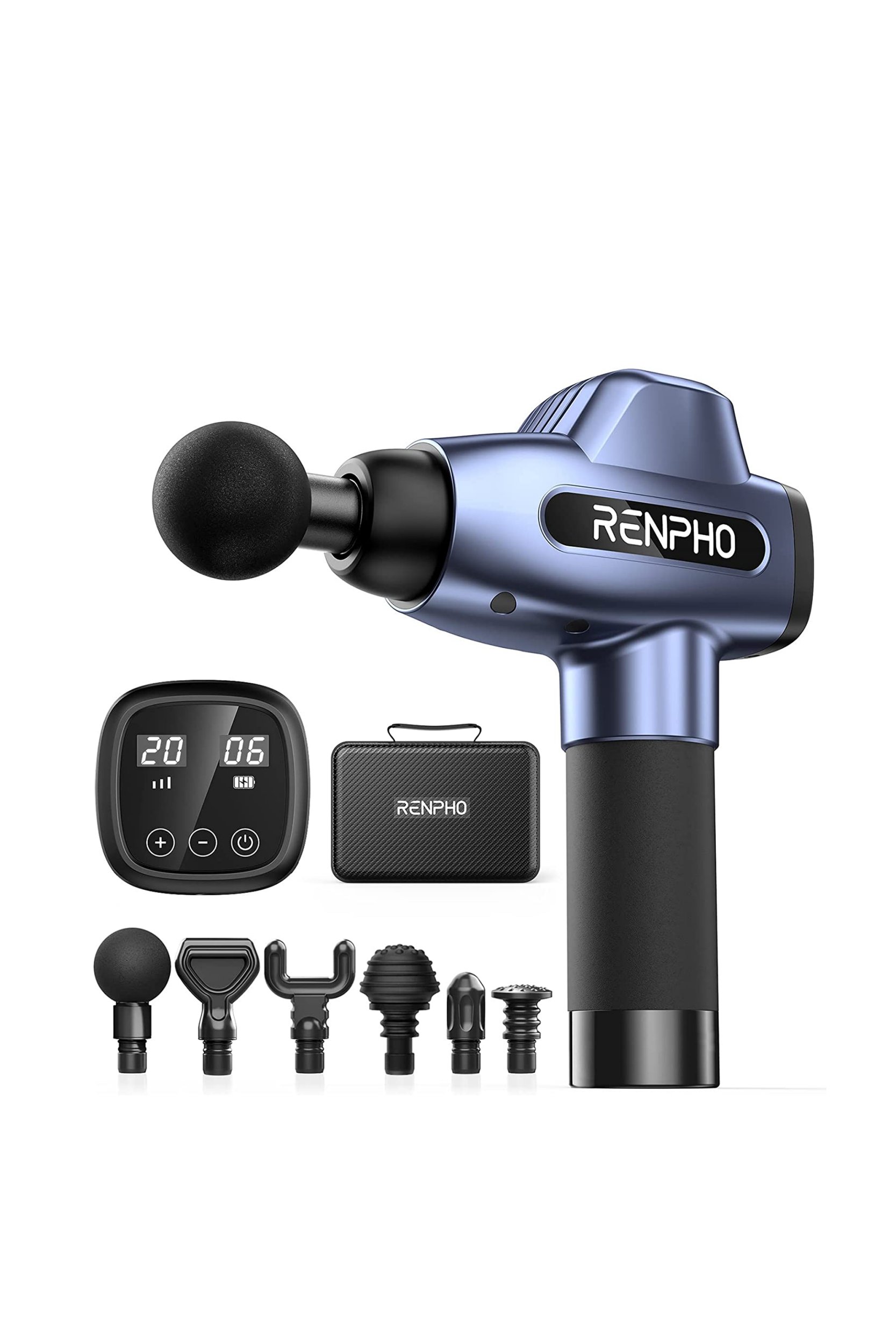When Kate Moss was still the quintessential party girl, long before she turned her attention to wellness, she said something in an interview I never forgot. When asked what the best beauty treatment she’d ever had was, she replied ‘a massage.’
While I was surprised (I’d have thought Kate would’ve chosen a medical facial or a good manicure to prep for a night out), as a massage aficionado, I was delighted.
If Kate Moss, with access to every treatment under the sun, thought massages to be the ultimate form of pampering, maybe I wasn’t absolutely mad to have spent my paltry student savings on them. (True story: I even spent some of my loan on massages, then realised that was incredibly poorly thought out and had to make up the shortfall by doing extra waitressing shifts.)
Different phases of my life were accompanied by different massage obsessions, from an acupressure devotion while I was doing a LOT of yoga, to a deep tissue addiction during a stint working in the city (10 hours at a desk daily did terrible things to my shoulders).
Whatever the style of massage I’ve been into at a particular time, the desire to have them in some form has never waned, and over the years I’ve tried every single one going.
Here are some things I’ve learned:
1) At least 80% of whether a massage is magnificent or meh comes down to whether the person giving it has ‘the touch.’
Do their hands find knots? Do they just *know* how to simultaneously kill tension while also making you feel zen? If you find one of these people, treasure them.
Oh, and FYI, someone who has ‘the touch’ in your opinion, may not for someone else. It’s all about how you gel with the massage therapist.
2) Different things will suit you at different times of the year, and when you’ve been doing different activities.
If you’re very sedentary, you’ll probably need circulation worked on. If you’ve got knots, you’re need something which remedies them.
3) Feeling self-conscious kills the joy of having a massage.
If you feel weird about someone touching your stomach/thighs/chest, ask them not to (ideally before they start). They only want you to enjoy the treatment and will be happy to make adjustments so that you can.
Convinced to book one, stat? Here are some I love, decoded and reviewed:
1. Thai Yoga Massage
Tried with: Hayat
Ever felt like you want the deepest stretch going? Like a relaxing muscle massage won’t cut it? Thai yoga massage is the one for you.
It’s slightly different in that you wear all your clothing (yoga gear is ideal), and are then contorted and rolled into shapes in which the muscle loosens, but you will never feel quite as soft and unfurled as you do after this style.
Hayat, who I’ve booked countless times as she’s utterly brilliant, believes so strongly that this is the best massage for overall mobility and wellbeing that she has specialised in it and, as she pushes her feet into the small of my back and my muscles release and I’m suffused with warmth, I find myself agreeing with her.
DIY version: Yoga is the best alternative for this, though annoyingly you’ll have to do the hard work. If you’re new to it, try Yoga with Adriene. She makes easy-to-follow videos which teach everything from the foundations up.
2. Hot Stone Massage
Tried at: Elemis
Hidden down a cobbled street in London is the House of Elemis, and after a long week at work, I stumbled in grateful and desperate to give my muscles a bit of down time.
Once reclining, the therapist popped some hot stones in my hands; but when I say hot, I mean HOT. She’d explained before beginning that this was how they were meant to be, that it was necessary to push enough heat into the body to soothe the muscle, but for a few seconds I quite genuinely felt like I was holding flames.
After they’d cooled slightly, I started to feel everything soften, and it got even better when she ran the stones up and down my body, deftly holding and pressing them to areas of tension.
I’ll be going back during the thick of winter, when I am perpetually cold and will be glad of the flames.
DIY version: A hot bath, which, given the cost of living crisis, is going to be no insubstantial luxury this winter. I’ve found some affordable Westlab Pure Magnesium Flakes, £6.99, LookFantastic to help soothe muscles further.
3. Acupressure
Tried at: Chi Yu
My memories of acupressure prior to finding Chi Yu are primarily of pain; I used to go and see a man on Westbourne Grove who’d dig his fingers into the tighter sections of my muscles and then release and whoosh, blood would flow into the stagnant area and I’d feel euphoric.
The Chi Yu method is much more pleasant, relying on working on energy channels called meridians much as an acupuncturist would, only without the needles. They push gently, slightly moving on the point, then slide across to the next one.
It may sound odd but the sensation is astonishingly relaxing and remedial, and makes my body feel properly free of tension. Until I get on the tube, of course, when my muscles still feel good but I get cross with other commuters.
DIY version: Hayo’u Body Restorer Tool, £38, Hayo’u
Work this tool into the tighter areas of your body to release tension. If you want to mimic acupressure, press along one muscle in sections, moving towards your heart. If you want something a bit easier to handle, try the This Works Sleep Plus Massage Relief, £38, John Lewis, which releases a magnesium and CBD blend onto skin as you manually ease muscle tension with the rollerball.
4. Lymphatic Drainage
Tried at: Yumiko Inoue at Urban Retreat
Lymphatic drainage is designed to help speed up and drain a sluggish lymphatic system by encouraging flow towards the lymph nodes. It’s a bit of an odd sensation: lots of work on the stomach, very rhythmic movements, occasionally a bit uncomfortable as something moves around in the gut (I experience this as a slight cramp, which then eases quite quickly).
I went to see Yumiko at Urban Retreat, where she works two days a week, and she incorporated a little bit of fascia release, too (fascia is a thin membrane that runs under the skin, which can become pinched in certain areas so the release feels really good).
You’ll see lots of people posting before and afters of lymphatic drainage because it does really reduce puffiness; I noticed my jeans were a bit baggier post-treatment.
DIY version: lymphatic experts will tell you that the best thing is breathing properly into the diaphragm, moving sufficiently, and drinking water, but I’ve always noticed that my lymphatic system drains when I body brush, and, even if it doesn’t help the lymph, it definitely makes skin softer and exfoliates, so I persevere.
I like Aromatherapy Associates’ Revive Body Brush, £26, John Lewis. Additionally, it’s a good idea to massage the body with a moisturiser or oil for some slip. I’ve been using the Urban Retreat UR Marine Collagen Body Lotion, £14, Urban Retreat since my treatment and love the scent and texture.
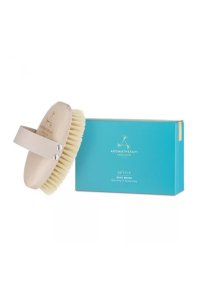
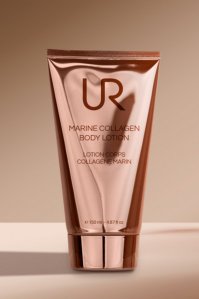
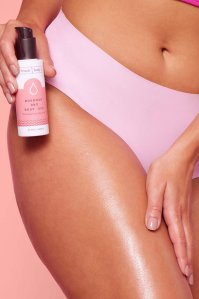
*Eliza may earn commission on sales from these product links
5. Reflexology
Tried at: Jo at Reflex by Jo
Reflexology is one of those hybrid styles: part massage, part treatment of ailments, fully relaxing.
Jo arrived with her set up and I was aware of what she was actually doing for all of five minutes before I went into a dreamlike state, but she’s told me this:
“We massage first to warm the reflexes up; this awakens them and helps us to get better access to the reflex points, which correspond with different parts of the body. Pressing those reflexes in in a sequential flow with massage stimulates the reflexes and brings the body back into balance.’
All I can tell you given that I was out of it for nearly the entire treatment was that it felt great, painful patches of feet were a thing of the past, I was in a deep state of bliss for a day post, and I’d would 100% recommend.
DIY version: Get a massage gun, like the RENPHO Massage Gun Deep Tissue Massager, £63.99, Amazon, and use the smallest head to release tension in the feet. You won’t be able to mimic the sequence, but given that the feet are a mini map of the body, you’ll definitely reap the benefits.

